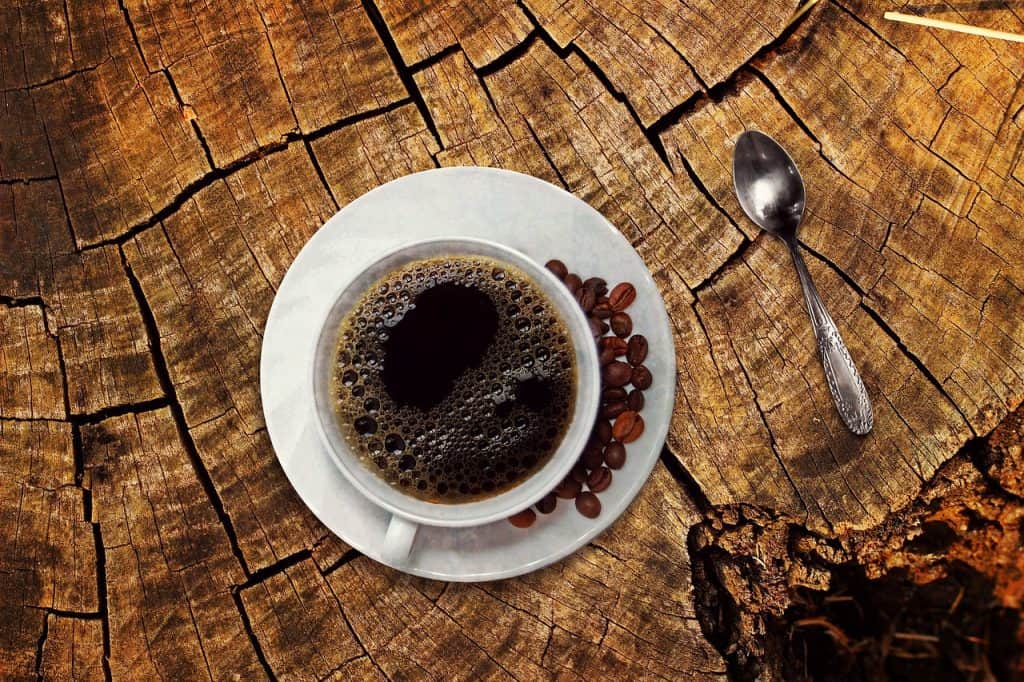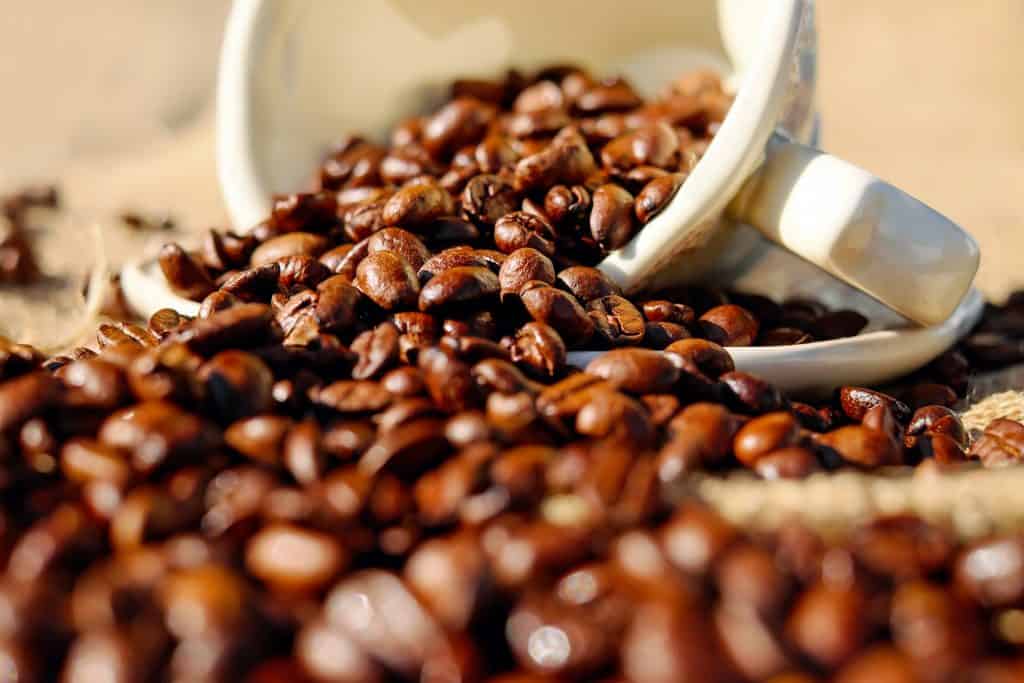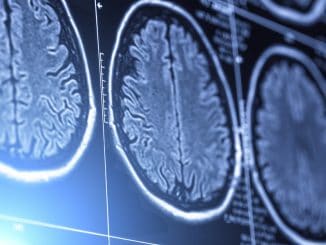A new research study[1] shows that caffeine improves the maximal fat oxidation (MFO) rate and aerobic capacity, which are lower in the morning than in the afternoon. The result of the study validates the earlier reported diurnal variation in the whole-body fat oxidation rate during graded exercise in active caffeine-naïve men and shows that the acute ingestion of 3 mg/kg of caffeine boosts MFO, Fatmax, and VO2max independent of the time of day.

What was the Goal of the Research Study?
Metabolic flexibility has lately been proposed as an additional key factor influencing performance in endurance exercises. Athletes’ endurance is lower early in the morning and late at night than in the afternoon, and that MFO and Fatmax are higher in the afternoon than in the morning. Low-to-moderate doses of caffeine (~ 3–9 mg/kg) can enhance endurance performance by induction of notable improvements in MFO, VO2max, peak pulmonary ventilation, and muscle oxygen saturation submaximal workloads. The ingestion of 5–7 mg/kg of caffeine during steady-state aerobic exercise appears to improve the use of fat as a fuel to the detriment of carbohydrates. This study aims to examine the influence of caffeine intake on the daily change of MFO and Fatmax during a graded exercise test in active men.

What were the Research Methods of the Study?
In this research, 15 active men aged 32 ± seven years volunteered to participate from June to November 2019. These participants have a body mass index of 18.5–28 kg/m2, non-smokers, no disease that could be intensified by physical exercise, no medication or drugs, non-caffeine consumers, have past experience in endurance training, no caffeine allergy, and no musculoskeletal injury during the previous month. They had to manage their physical activity levels and nutritional practices during the intervention. Volunteers ingested a dose of 3 mg/kg anhydrous caffeine in powder form or a 100% pure microcrystalline cellulose placebo 30 minutes before each test at 8 am and 5 pm. The researchers weighed MFO distinctions between morning vs. afternoon and caffeine vs. placebo test to evaluate the sample size specifications for the two-way analysis of variance (time-of-the day x substance).
What were the Results and Conclusions of the Findings?
The result showed that MFO, Fatmax, and VO2max were higher in the afternoon than in the morning. Compared to the placebo, caffeine increased mean MFO by 10.7% in the morning and by a mean of 29.0% in the afternoon. Caffeine also increased mean Fatmax by 11.1% in the morning and by 13.1% in the afternoon. These findings strengthen the earlier reported daily variation in the whole-body fat oxidation rate during classified exercise in active caffeine-naive men. This also proved that the acute ingestion of 3 mg/kg of caffeine boosts MFO, Fatmax, and VO2max regardless of the time of day.

Recommendations for Fitness Trainees Based on the Research
If you desire to enhance the amount of fat utilization during continuous aerobic exercise, the mixture of acute caffeine intake and training at an average intensity in the afternoon appears to be the best approach. It is still to be studied whether higher doses of caffeine cause more significant impacts on whole-body fat oxidation during graded exercise tests and further enhances endurance performance.
References
1. “Caffeine increases maximal fat oxidation during a graded exercise test: is there a diurnal variation?”

Tim is the founder of FitAtMidlife.com – an avid gym rat for 30+ years, he’s a reviewer of many, many shoes – and founder of the Speed Bag Gathering – the world’s only gathering of speed bag punching enthusiasts. See more gym reviews at Tim’s YouTube channel.


